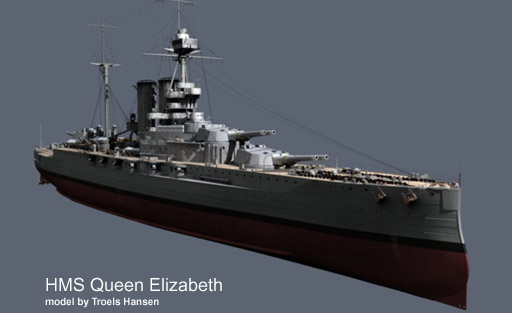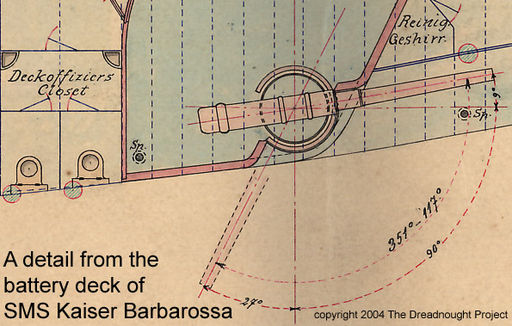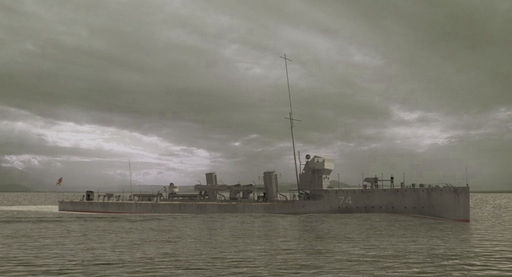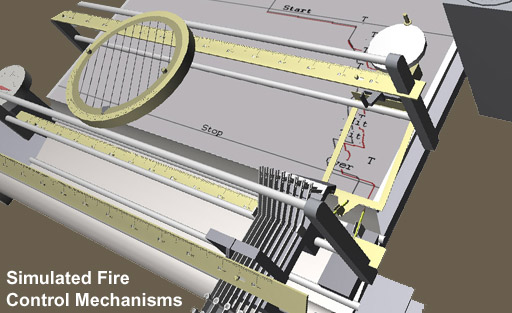Main Page
|
|
| {{#slideshow: | id=slides refresh=4000 sequence=forward
}} | |
| Our 3D models, artwork and research expertise may be available for licence/hire. |
The Dreadnought Project is a naval history wiki focusing on naval history in the period 1880-1920, with side-projects in 3D modeling and simulation.
The wiki started in 2006 and now comprises articles on over 6,000 people and 4,700 ships, receiving edits almost every day. We have listed over 15,000 ship captains and linked and cited our articles profusely.
The Dreadnought Project augments rather than replaces the information available on Wikipedia. While Wikipedia has many well-crafted articles on the ships and navies of this period, its policies bar editors from using primary source materials and from doing original research. By contrast, our articles exploit our large and growing library (currently well over 50,000 pages) of original documents, affording a natural opportunity to advance public knowledge by bringing more information out of the world of archives and closed collections and into a place where a Google search can find it. Unlike paper publications, we are not hindered by page counts and we can freely go back and fix errors. We find this a rewarding way to explore history.
We hand-select our editors. At present, our primary editors are Tony Lovell, who specialises in fire control and shipboard equipment, Simon Harley, who writes our biographies, Nick Jellicoe, who is working to create a detailed accounting of the Battle of Jutland to promote a fuller understanding of decisions taken during the battle, and Dr. Christopher Buckey, who is in charge of our U.S Navy content.
If you'd like to become an editor, and you possess a fair amount of zeal, a natural desire to learn and share your discoveries, and a willingness to conform to our editorial style and help refine it, please contact us.
If you are a descendant of those featured on this website, and have further questions or material relating to their lives, then please get in touch.
- Protip: enabling Javascript will afford a convenient "tooltip"-based means of checking footnoted references





